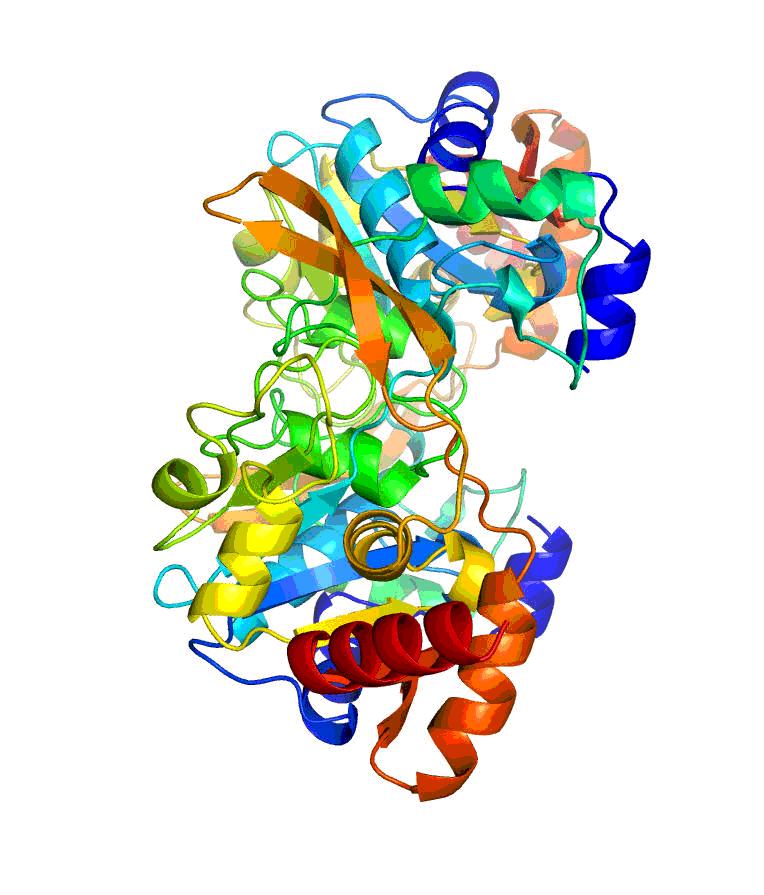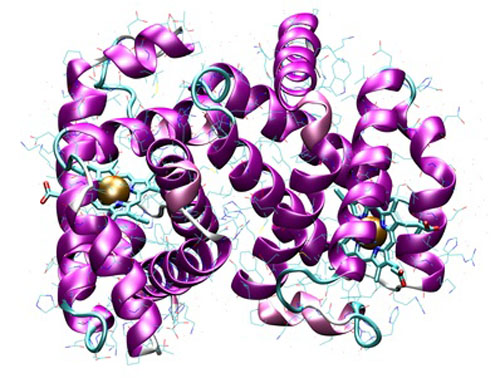Microsoft takes technical computing to the clouds at Supercomputing 2010!
Today Microsoft’s Technical Computing and eXtreme Computing groups kick off the company’s presence at Supercomputing 2010 in New Orleans.
Technical computing, or supercomputing, harnesses massive computing power and enormous data for advanced modeling and simulation, which can be a valuable asset for researchers who are looking to solve for big problems in diseases, climate change and alternative energy, finance, manufacturing and other fields. By making vast computing resources broadly accessible and affordable, the cloud represents the next generation technical computing.
News highlights from today include:
- The availability of NCBI Blast on Windows Azure, an application that enables a broader community of scientists to use local devices and the power of cloud computing for critical biological research.
- The impending release of Service Pack 1 for Windows HPC Server 2008 R2, enabling researchers, scientists, business customers and governments to extend their computing resources from their on-premises datacenters into Windows Azure whenever they need additional computing power for data-intensive computation.
- Windows HPC Server has surpassed a petaflop level of performance, a degree of scale achieved by fewer than a dozen supercomputers worldwide.
For more news from the event, please visit Microsoft’s Cloud Virtual Pressroom, which includes the press release, fact sheet, multimedia materials and links to blogs with context about what this means for scientists, researchers and supercomputing enthusiasts.
You can also follow the conversation on Twitter via @STBNewsBytes and @modelingtw using the hashtag #MSFT_TC.


[Above, images of proteins in the NREF (non-redundant protein) database that Microsoft used when conducting its all-against-all NCBI BLAST on Windows Azure run.]